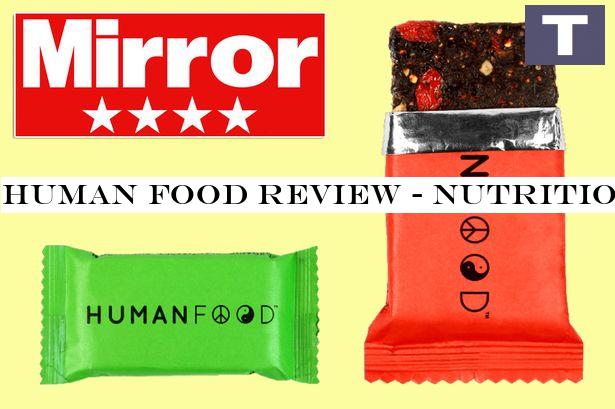Music
Trailers
DailyVideos
India
Pakistan
Afghanistan
Bangladesh
Srilanka
Nepal
Thailand
Iraq
Iran
Russia
Brazil
StockMarket
Business
CryptoCurrency
Technology
Startup
Trending Videos
Coupons
Football
Search
Download App in Playstore
Download App
Best Collections
Technology

A new report by cybersecurity researchers at Evina, has warned about 25 dangerous Android apps that can steal your Facebok password
- Details
- Category: Technology Today
Read more: Android users urged to delete 25 apps that can steal your Facebook password
Write comment (91 Comments)
The mysterious star is located more than 70 million light-years away in the constellation of Aquarius, and is part of the Kinman Dwarf galaxy
- Details
- Category: Technology Today
Read more: Astronomers baffled as 'monster star' mysteriously disappears into the darkness
Write comment (97 Comments)
NASA astronauts Chris Cassidy and Robert Behnken will take part in the 229th spacewalk from the International Space Station at 12:35 BST today
- Details
- Category: Technology Today
Read more: NASA astronauts to walk outside International Space Station today - watch live
Write comment (98 Comments)
The bars, called Human Food bars, are described as the ‘world&s first organic Daily Nutrition Bars&, and can be used in smoothies, crumbled into granola, or just eaten on their own
- Details
- Category: Technology Today
Read more: Human Food review - nutritionally-dense meal replacement bars keep you going
Write comment (100 Comments)
To help make sure your Gmail account is as secure as possible, here are three easy security settings that you can put in place in a matter of minutes today
- Details
- Category: Technology Today
Read more: Three key Gmail settings to activate now to stop hackers accessing your account
Write comment (95 Comments)
A study by University College London has shown that staring at long wavelength light for three minutes every day can "significantly improve vision" in those aged 40 and above
- Details
- Category: Technology Today
Read more: Staring at red light for 3 mins a day can 'significantly improve your eyesight'
Write comment (90 Comments)Page 801 of 1441

 9
9





